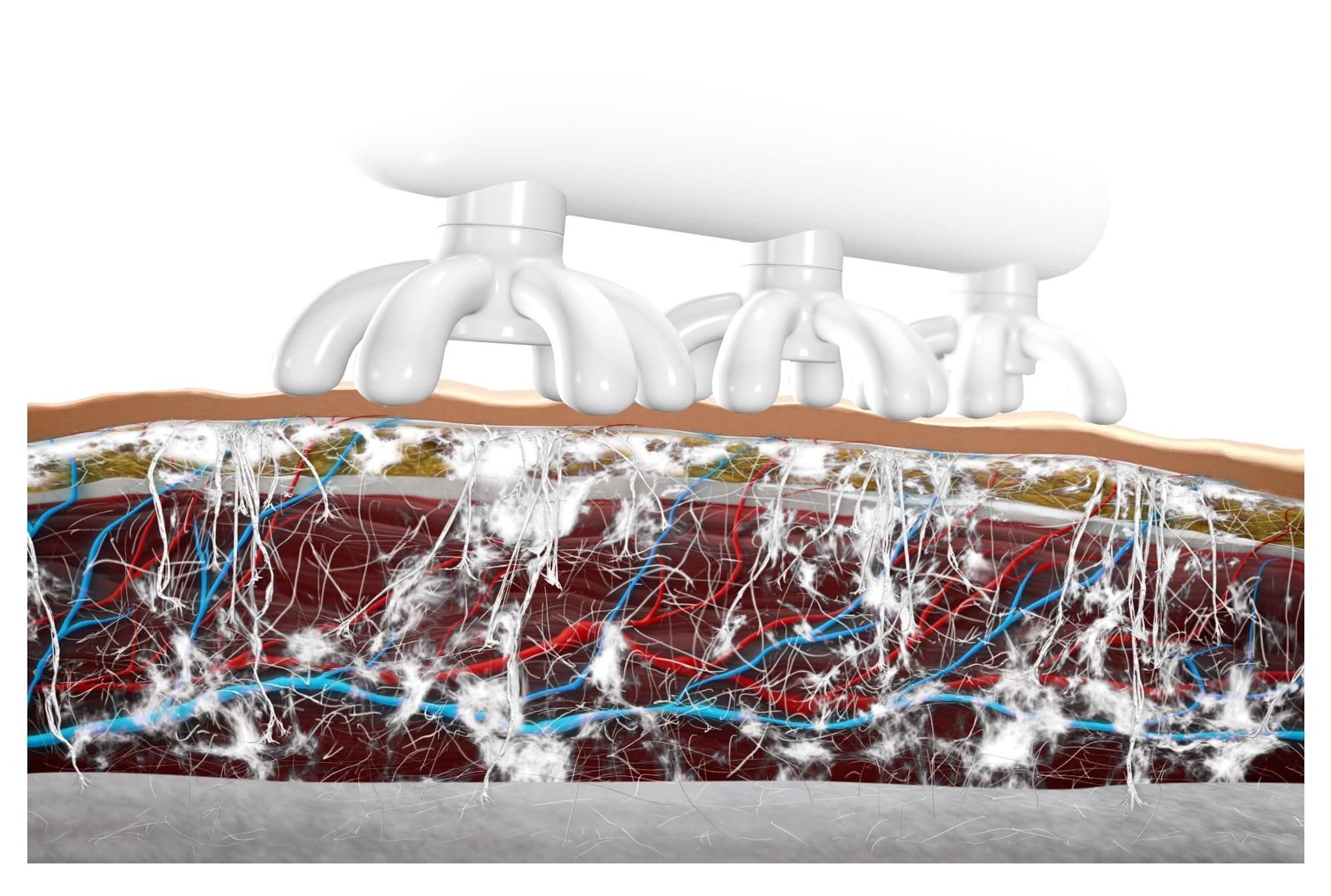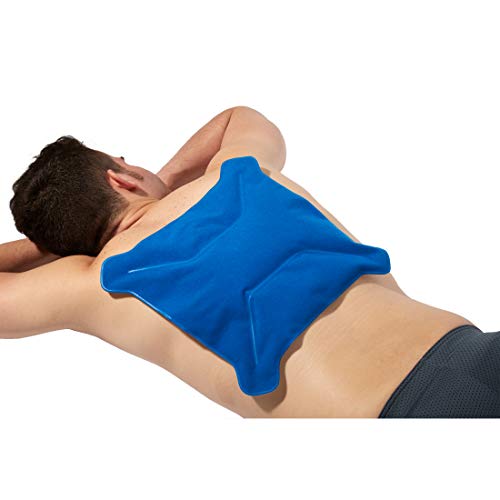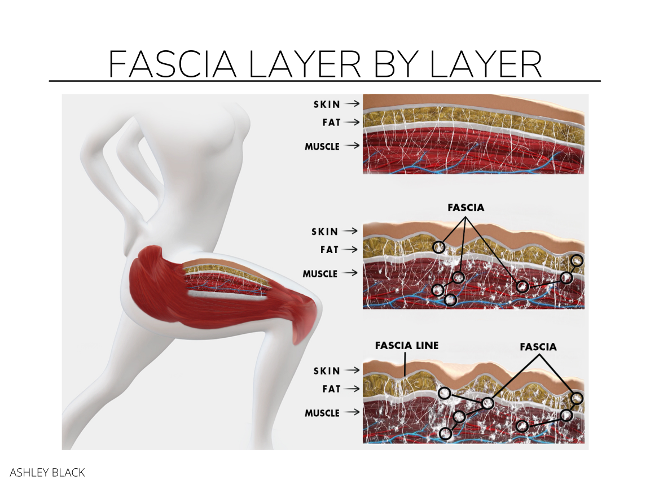
Unravel The Body, Release The Fascia
This treatment is non-invasive, preventative and regenerative - restoring proper body function to specific target areas.
The following are the modalities utilized for this treatment -
- Celluma LED light therapy

- Alpha 2010 Sauna capsule

- Fascia Blasting

- Cupping Vacuum Therapy

- Cold therapy

You may be asking -
What is fascia and what does it do for my body?
You rarely think of it, but a lot goes into keeping your body parts in place. After all, no one worries about dislodging the spleen during a sprint workout. That's thanks to a fibrous material known as fascia.
The fascial system works behind the scenes to keep everything in place so you can function at your best. But, for something housed in literally every part of the human body, fascia is seriously misunderstood.
What is fascia?
So what is fascia? Put simply, it's collagen acting as connective tissue. Fascial fibers form a thin casing of protective tissue that surrounds every system in your body. It works to hold your bones, organs, blood vessels, muscles, and more in place to give your body structure and support.
In short, when we talk about increasing collagen, restoring collagen, or laying down new collagen fibers, we're actually talking about fascia.
What happens when fascia becomes unhealthy?
Your nagging knee or back pain may not be a muscle injury but rather a sign of fascial system dysfunction. Unhealthy fascia becomes thick and gluelike, which can compromise physical systems everywhere and really take a toll on your body.
Since it's found everywhere in the human anatomy, unhealthy fascia can have severe consequences for numerous major systems, causing health conditions you may not initially connect to your fascia.
Unhealthy fascia:
-
tightens the entire body and limits your range of motion
-
triggers myofascial pain syndrome (MPS)
-
disrupts communication signals and limits blood flow
-
traps toxins in the body
-
dries out and becomes brittle and thick
-
cannot take in nutrients, causing cells to die
-
blocks energy flow and cell voltage
-
limits muscle elasticity and triggers chronic pain
-
physically traps trauma in your body
-
may trigger tightening that leads to migraines
-
can tear, like a hernia or grade 1-2 muscle tear
-
can fold or bunch, causing adhesions
All of these side effects have profound consequences for your physical, mental, and emotional wellness. So, how do we avoid developing unhealthy fascia? First, let's address what causes unhealthy fascia to prevent it in the first place.
What causes unhealthy fascia?
Like other cells, fascia is affected by unhealthy habits. Think what would happen to your hair if you never brushed it. In a short amount of time, it would become tangled, sensitive, brittle, and broken. Fascia requires similar "maintenance" to continue functioning correctly.
From chronic dehydration to living a sedentary lifestyle, your daily habits can harm fascia at a microscopic level and impact your health in significant ways.
Some leading causes of unhealthy fascia include:
-
Body imbalances from poor posture or low muscle tone
-
Stress, both physical and mental
-
Drug and alcohol abuse
-
Eating inflammatory foods and failing to take in key nutrients
-
Never massaging or stretching the affected muscles and their fascia
-
Improper healing after invasive surgeries
-
Autoimmune and inflammatory issues








